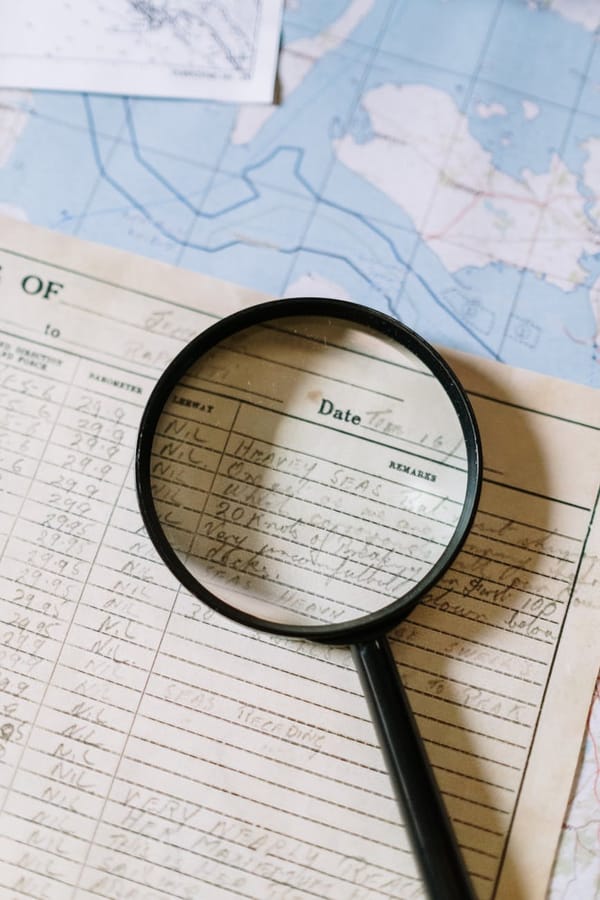
mindfulness
Making Time Slow Down (In the Best Way)
Thanksgiving has come and gone. Our son visited us from New York City, and we enjoyed a lovely, fulfilling dinner together. We had the usual Thanksgiving spread: turkey, gravy, pies, and my wife’s superb pasta—a dish so delicious it’s always a highlight. As I get older, I’


